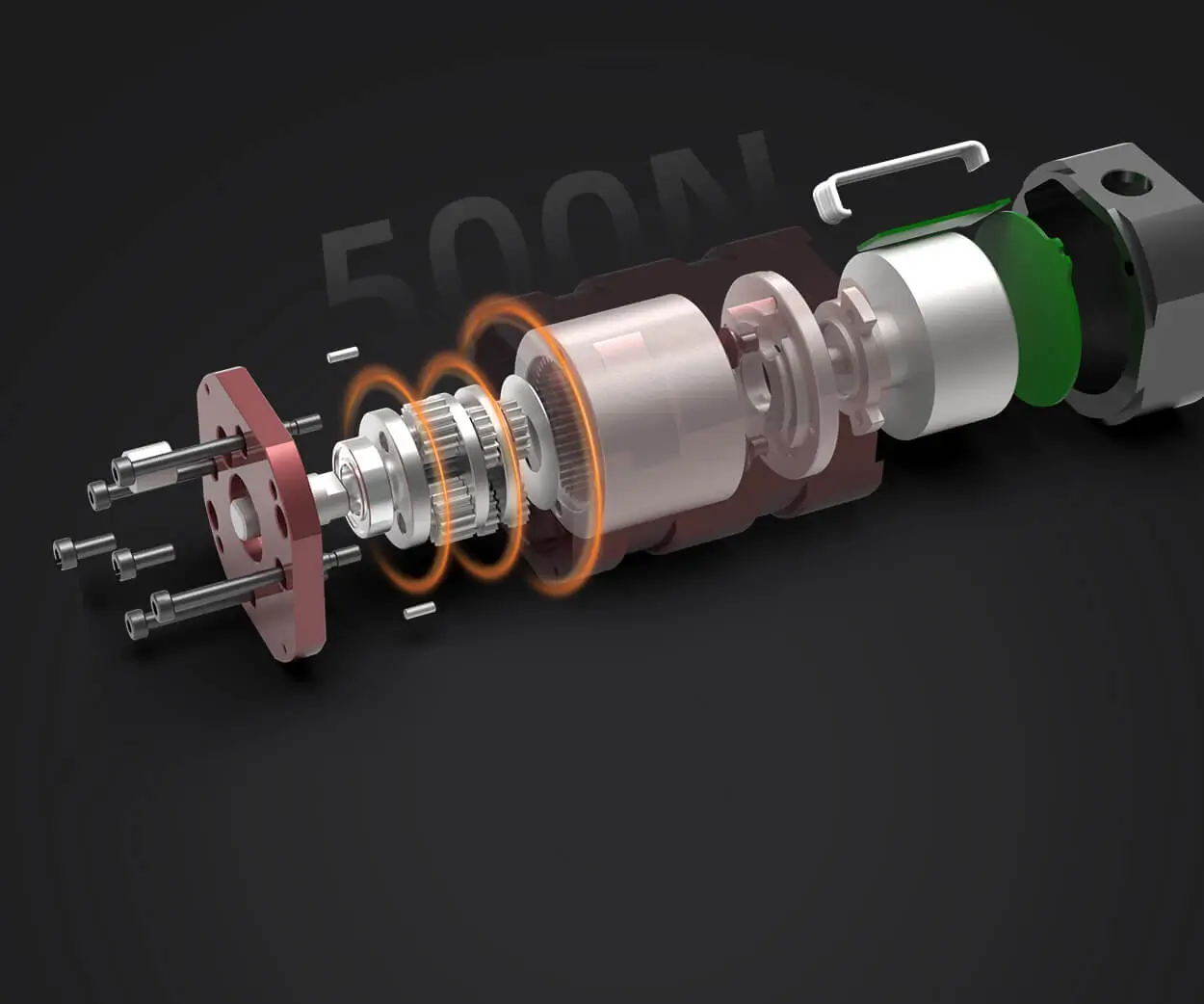Event-driven microservices are quickly becoming the go-to architecture for modern businesses looking to scale efficiently and stay agile in today’s fast-paced world. So, what does that actually mean? In simple terms, event-driven microservices are a way of designing software systems that react to changes or “events” in real-time, allowing for quicker responses to customer needs, smoother operations, and overall better performance.

Think of it like this: Imagine you run an online store. Whenever a customer makes a purchase, that’s an event. In a traditional system, this might trigger multiple actions, like sending an order confirmation, updating inventory, and notifying shipping departments—all of which could happen in a series of steps. But with event-driven microservices, each part of the process is separate but connected. So, when a purchase happens, each service reacts immediately. Inventory updates, order processing, and shipping are handled by different services, all responding to that single event in real time.
This is where the real beauty of event-driven architecture lies. It’s not just about reacting to a single event, but also about making your system much more adaptable. With traditional systems, everything can feel tightly coupled. Change one thing, and it might break the whole process. But in an event-driven system, services are loosely coupled. If one service goes down or needs to be updated, the others can still function independently. It's like having different departments in a company that work together, but can also operate without needing to rely on each other constantly.
If you’re wondering, “How does this affect my business?” the answer is simple: faster innovation. With event-driven microservices, you can adapt and respond to market changes quicker. If you want to add a new feature or tweak an existing one, it doesn’t require overhauling the entire system. Need to scale a particular service? No problem. Just scale the service that handles the event without worrying about affecting everything else.
But there’s more. One of the greatest advantages is how it improves customer experience. Since each service operates independently but is always in sync through events, the likelihood of errors or delays drops significantly. Customers get what they need, faster, and with fewer issues.
It’s also incredibly cost-effective. By using a system where only the necessary services are triggered in response to an event, you avoid the inefficiencies that come with constantly running every part of the system all the time. Your infrastructure costs go down, and your system’s performance goes up.
For companies looking to take that next step in modernizing their infrastructure, event-driven microservices are a clear winner. The ability to scale, innovate quickly, and deliver a better experience to customers can’t be overstated. If you’re still not sure whether this approach is right for your business, consider this: the flexibility, efficiency, and speed that come with event-driven microservices could be the difference between staying competitive or falling behind.
By embracing this approach, you’re not just optimizing how you work internally; you’re setting your business up for long-term success in an ever-evolving marketplace. And that’s something every modern business needs.
Established in 2005, Kpower has been dedicated to a professional compact motion unit manufacturer, headquartered in Dongguan, Guangdong Province, China. Leveraging innovations in modular drive technology, Kpower integrates high-performance motors, precision reducers, and multi-protocol control systems to provide efficient and customized smart drive system solutions. Kpower has delivered professional drive system solutions to over 500 enterprise clients globally with products covering various fields such as Smart Home Systems, Automatic Electronics, Robotics, Precision Agriculture, Drones, and Industrial Automation.




































